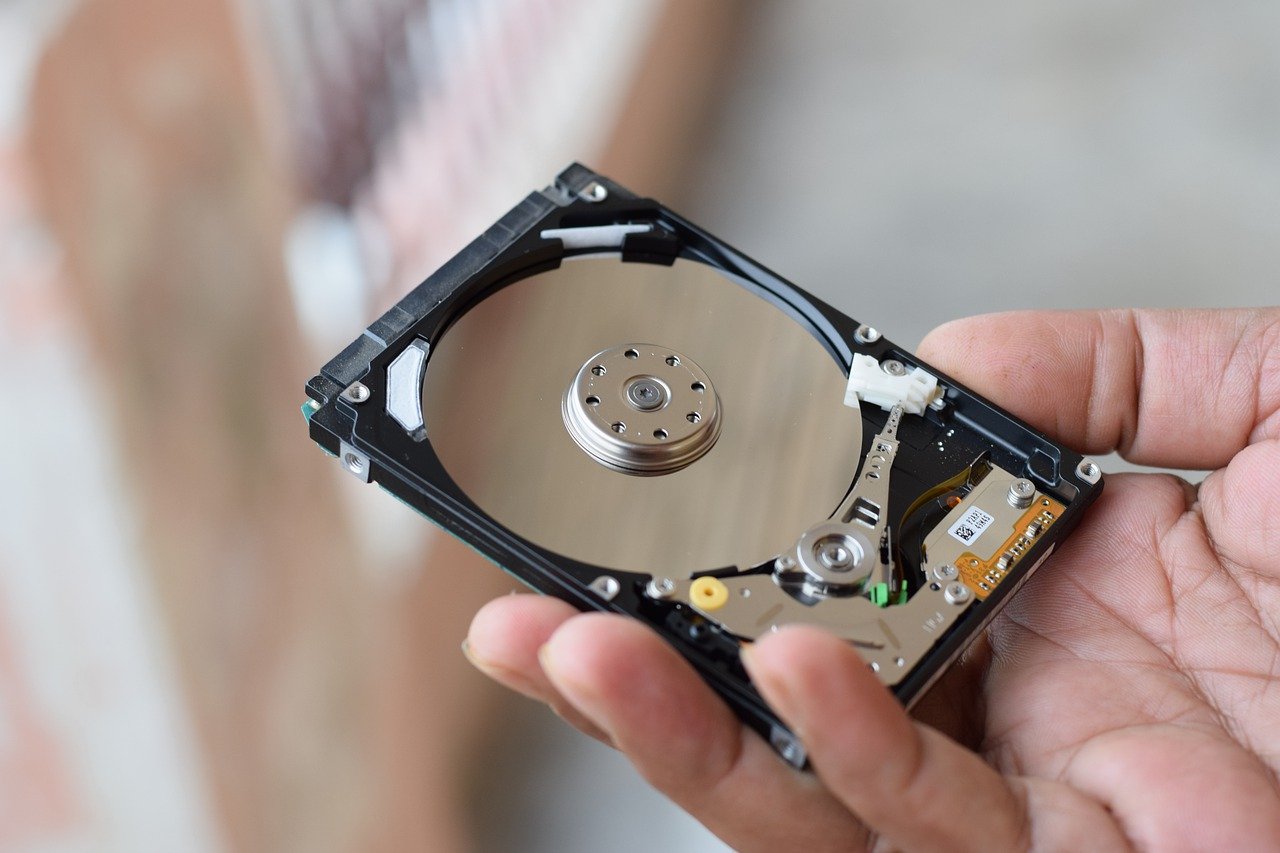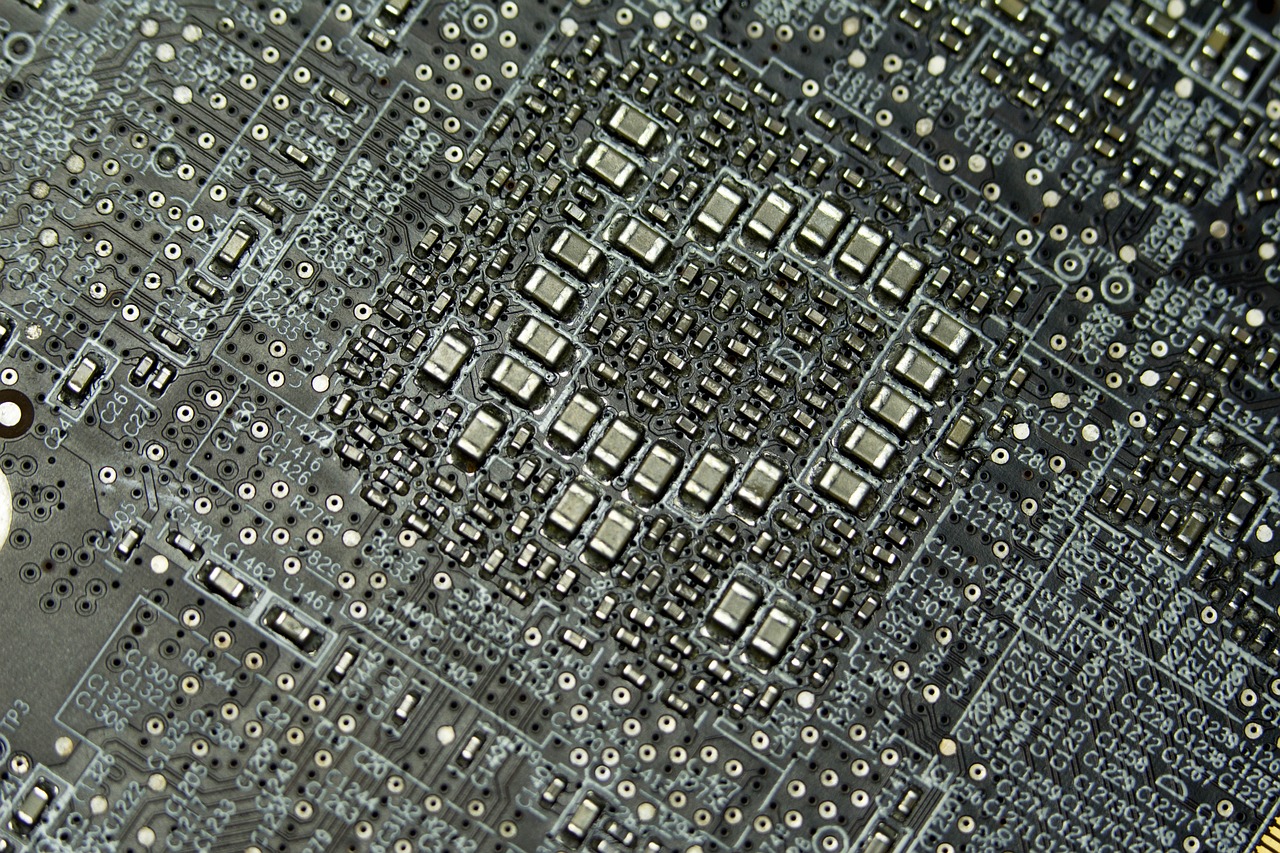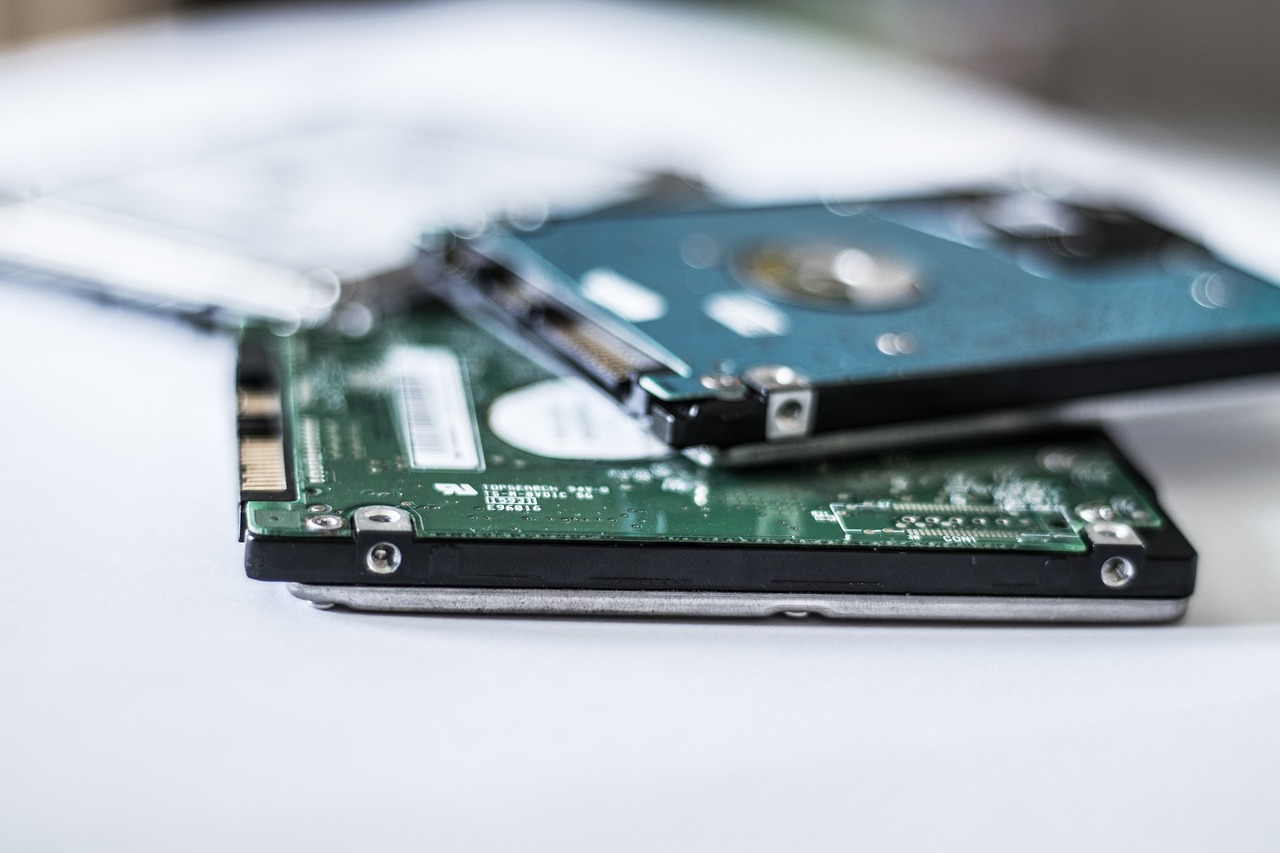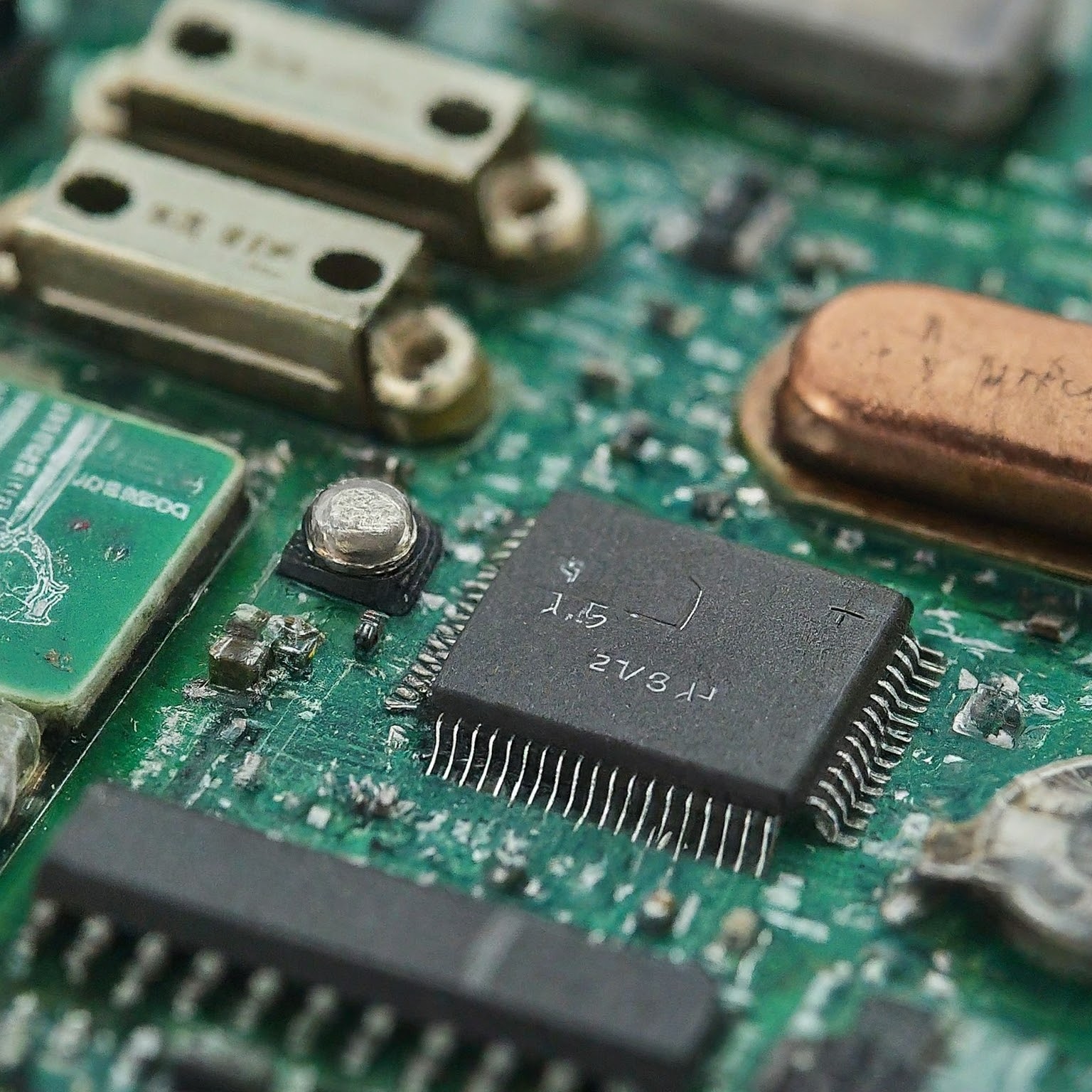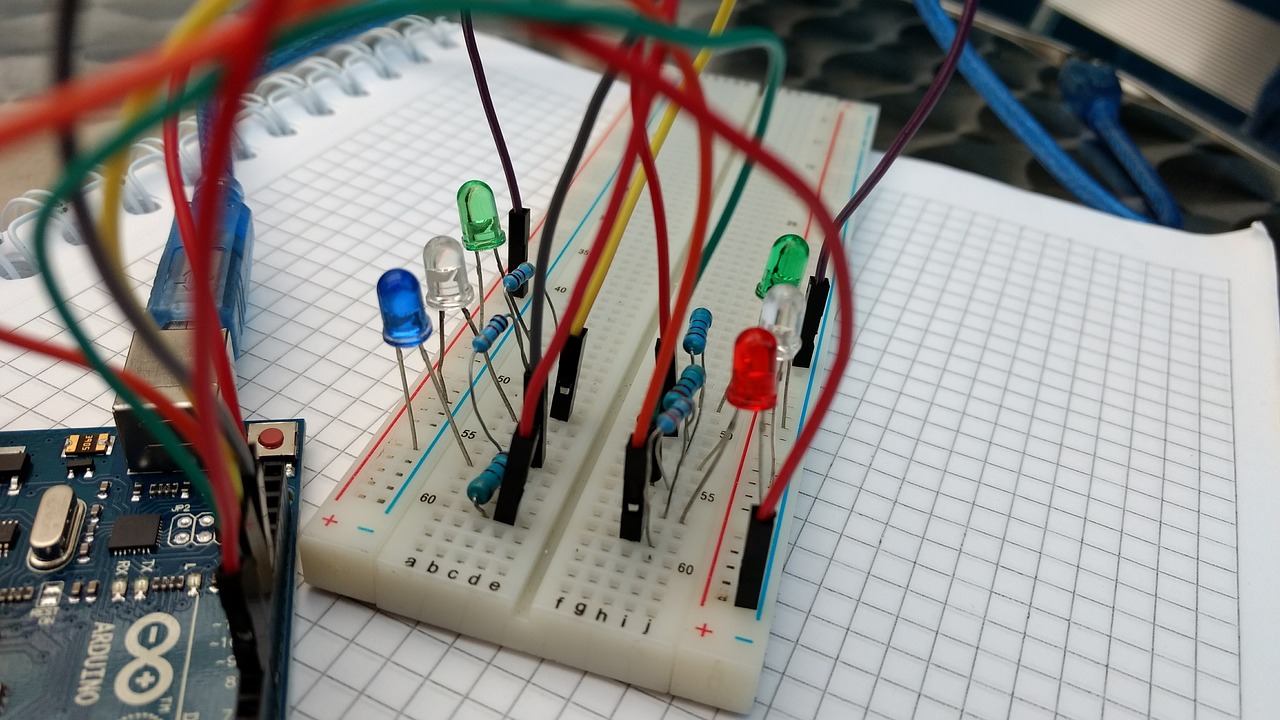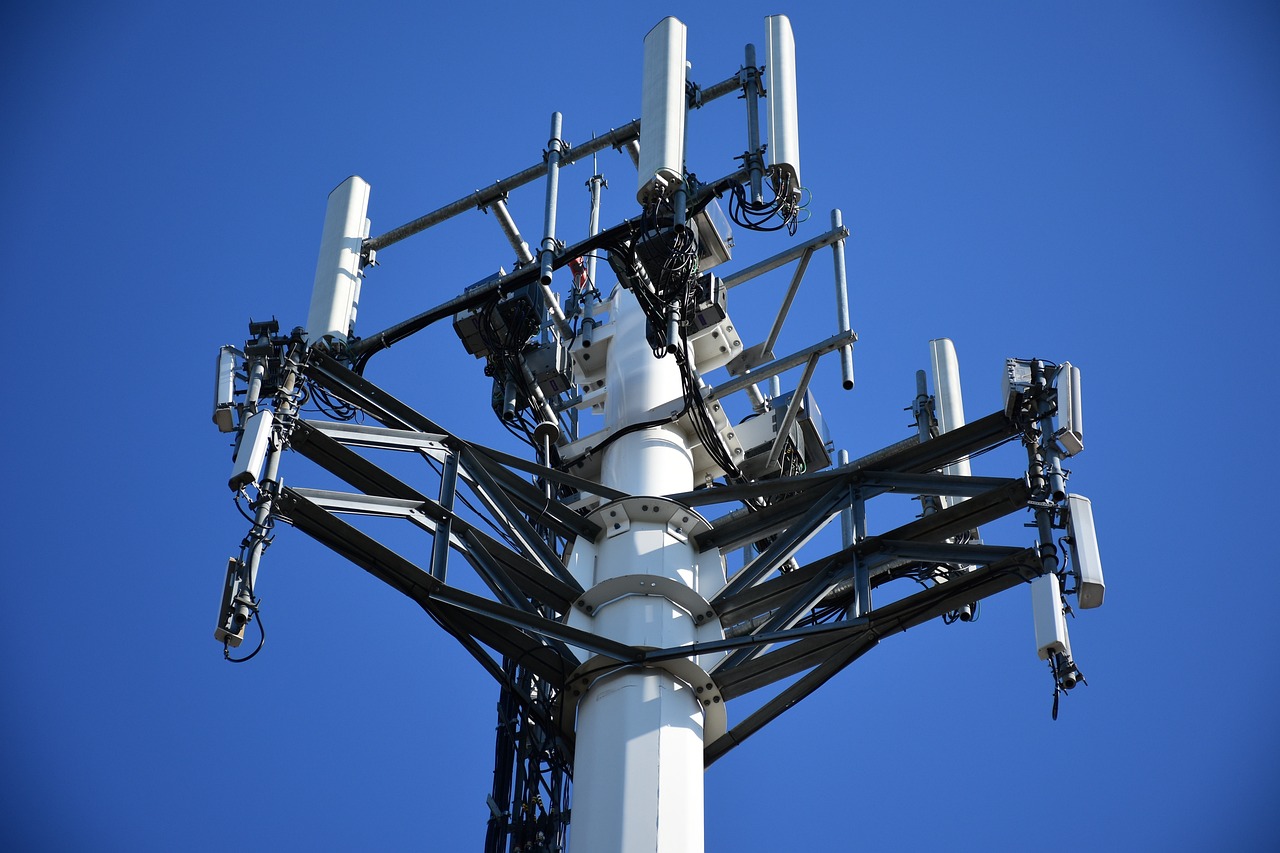
Modern life revolves around connectivity, and few technologies are as ubiquitous as cellular communication. From making calls to streaming videos, our smartphones rely on a complex network of cell towers and radio waves to keep us connected. But how does this magic happen?
The Cellular Web:
Imagine a city divided into invisible zones, each served by a tall structure called a cell tower. These towers act as miniature base stations, equipped with antennas and transceivers to communicate with mobile devices within their zone. As you move through the city, your phone constantly scans for the strongest signal, seamlessly switching between towers to maintain a seamless connection.
The Handshake Ritual:
When your phone identifies a suitable tower, it initiates a "handshake," sending a unique identifier and requesting service. The tower assigns a dedicated radio frequency for your device, ensuring clear communication without interference from other phones.
Voice and Data Transformation:
Whether you're making a call or browsing the internet, your phone converts your voice or data into digital signals. These signals travel through the air as radio waves, carrying your information efficiently.
The Network's Orchestra:
Upon reaching the tower, your signal gets amplified and forwarded to a Mobile Switching Center (MSC). Think of the MSC as the network's brain, responsible for routing your call or data to the intended recipient. This could involve connecting you to another phone within the network, directing you to the internet, or even handing you off to a different network operator seamlessly.
Reaching Your Destination:
The MSC guides your signal through the network, relaying it through various towers until it reaches its final destination. The recipient's phone then receives the signal, converts it back into understandable form (voice or data), and voila! You're connected.
Key Players and Differences:
Unlike satellite communication's reliance on high-altitude, widely spaced satellites, cellular networks utilize numerous smaller, densely packed towers, resulting in better coverage in populated areas but with shorter range. Additionally, due to the shorter distances involved, cellular networks boast lower latency (delay) compared to satellite communication's inherent lag.
Beyond the Basics:
This simplified explanation merely scratches the surface of the intricate technology and infrastructure powering cellular communication. From advanced modulation techniques to complex protocols ensuring network efficiency and security, the system operates on a fascinating interplay of engineering marvels.
The Future of Connectivity:
As technology evolves, cellular networks continue to expand, offering increased bandwidth, better coverage, and lower latency with advancements like 5G and future generations. Understanding these fundamentals empowers us to appreciate the invisible web that keeps us connected, paving the way for further exploration and innovation in the exciting world of mobile communication.
Your email address will not be published. Required fields are marked *




